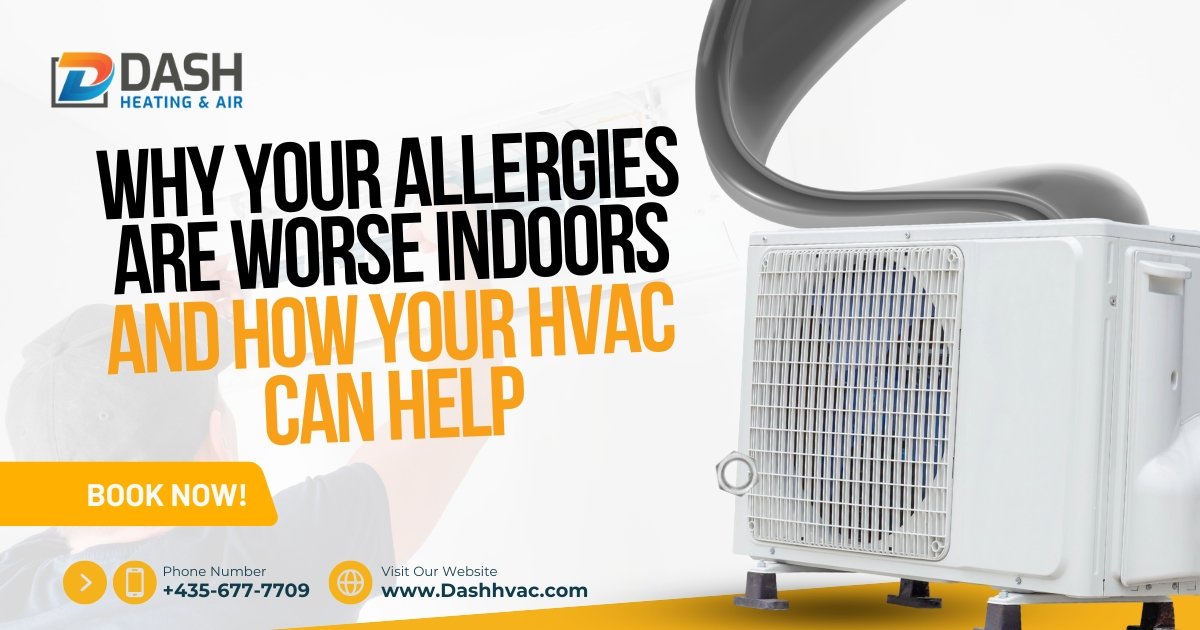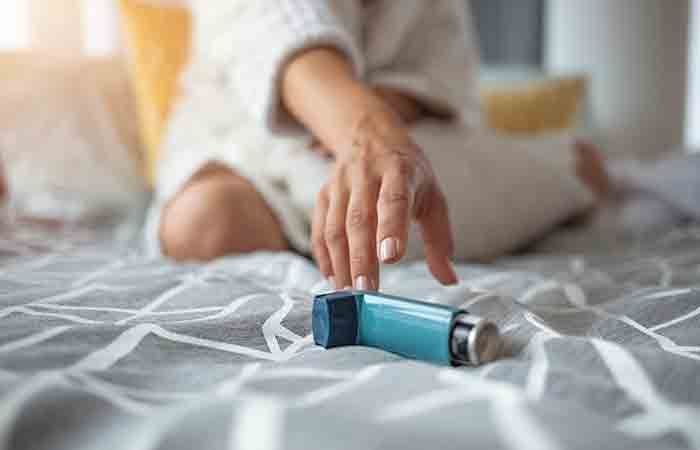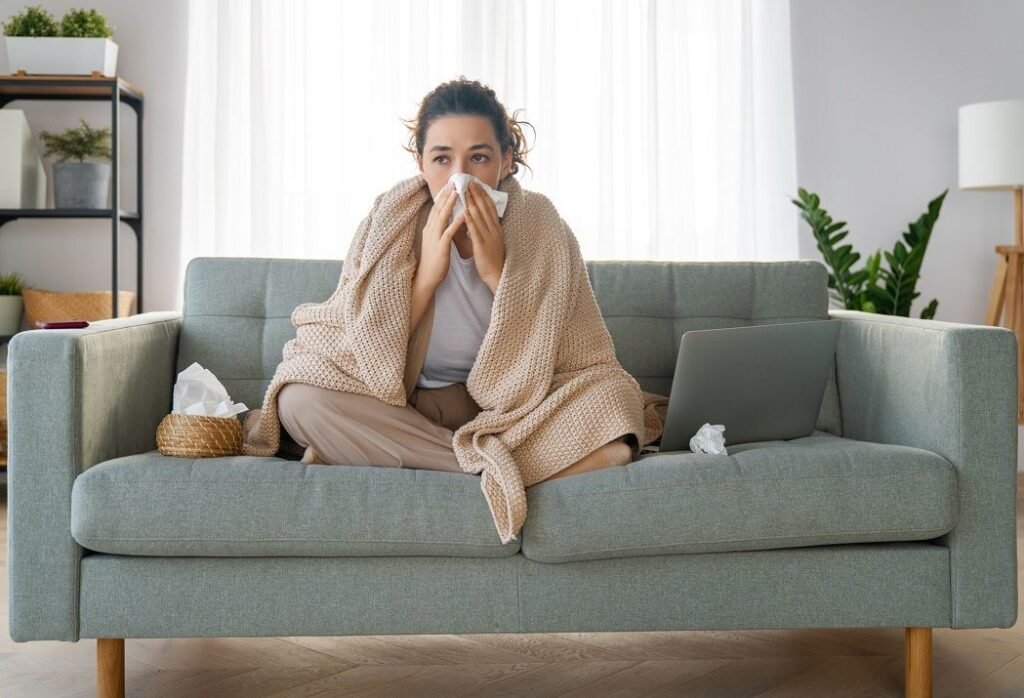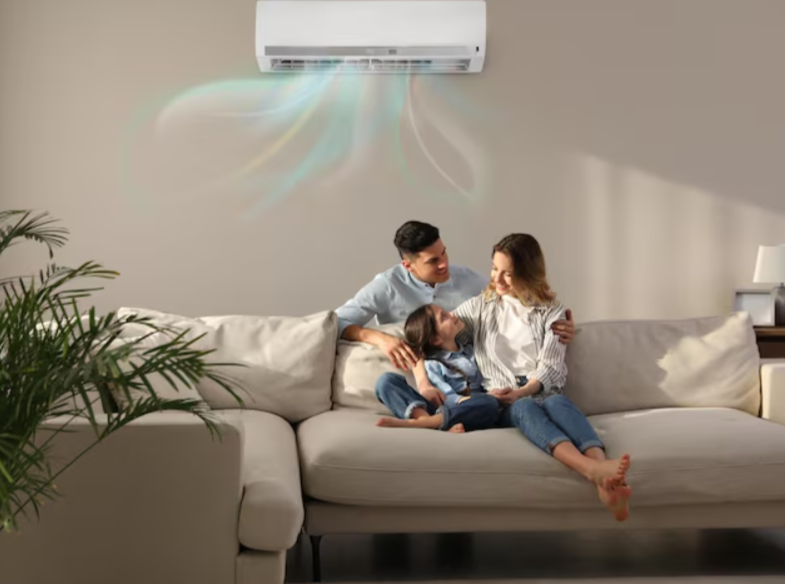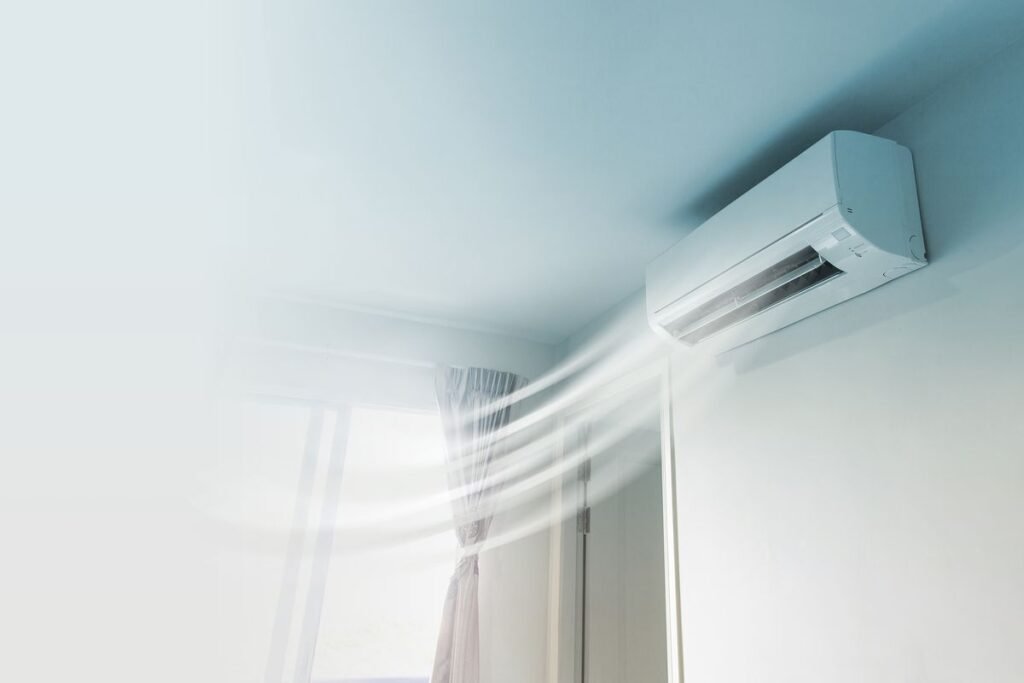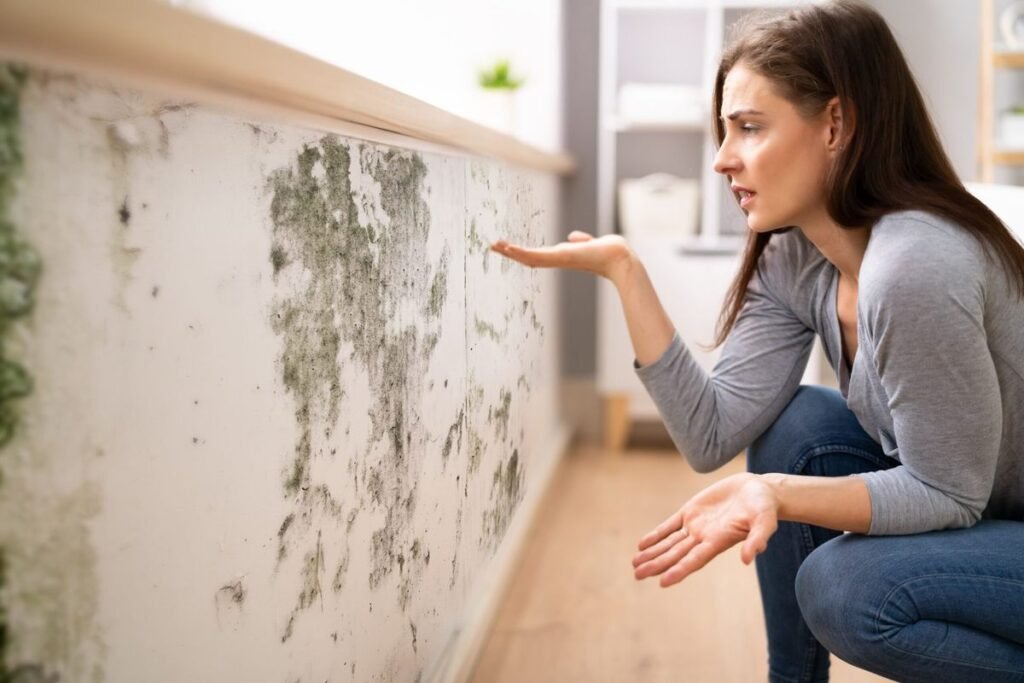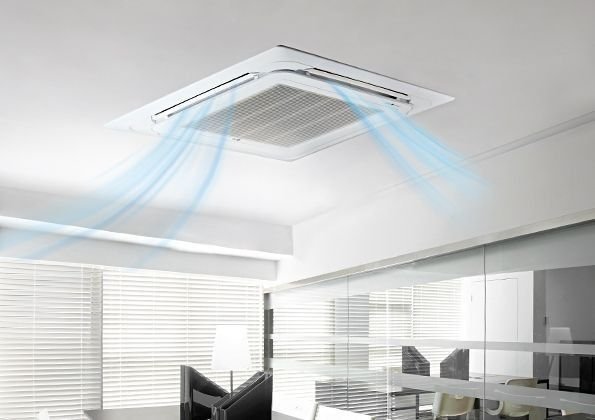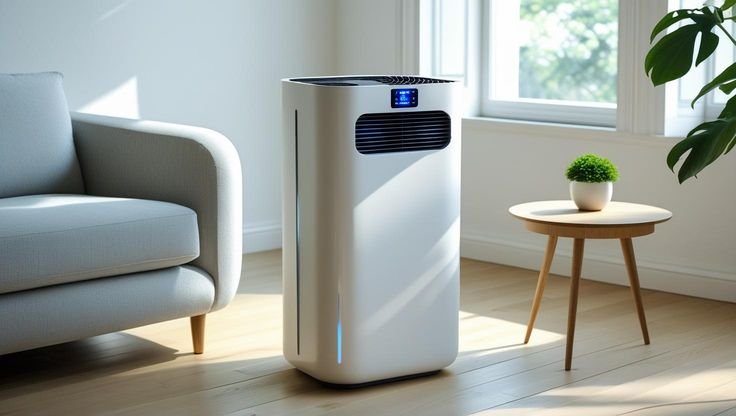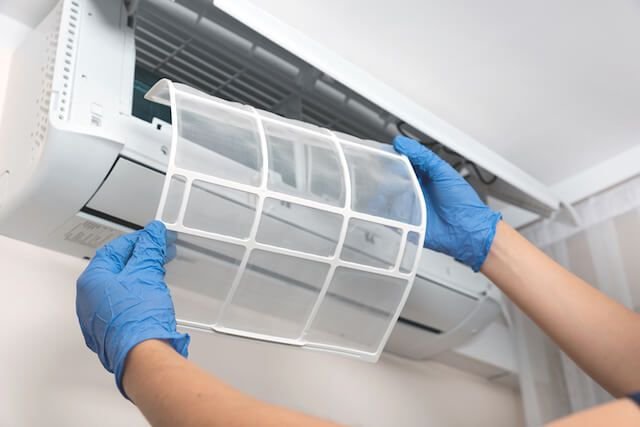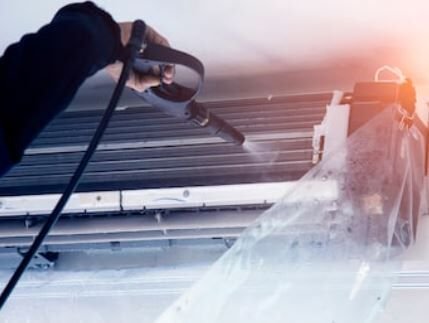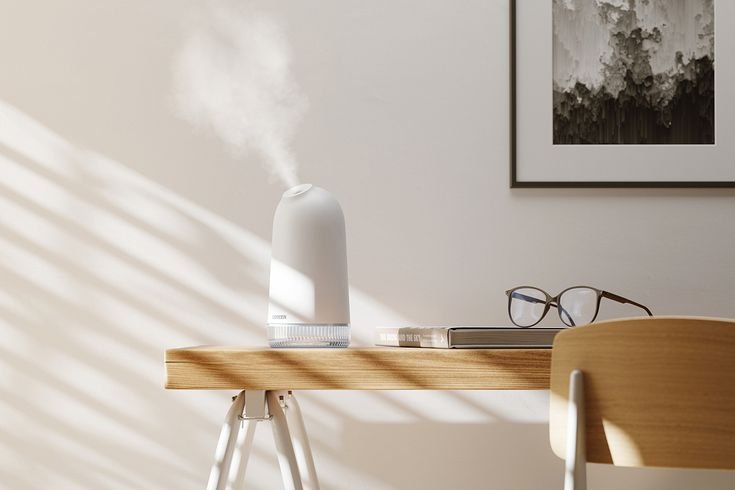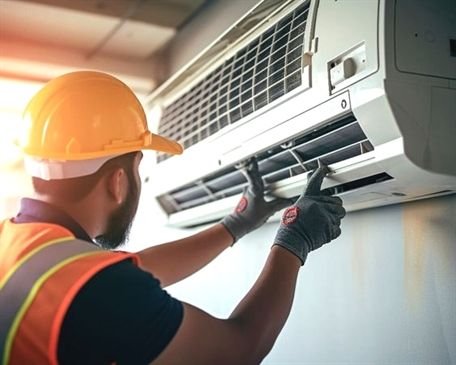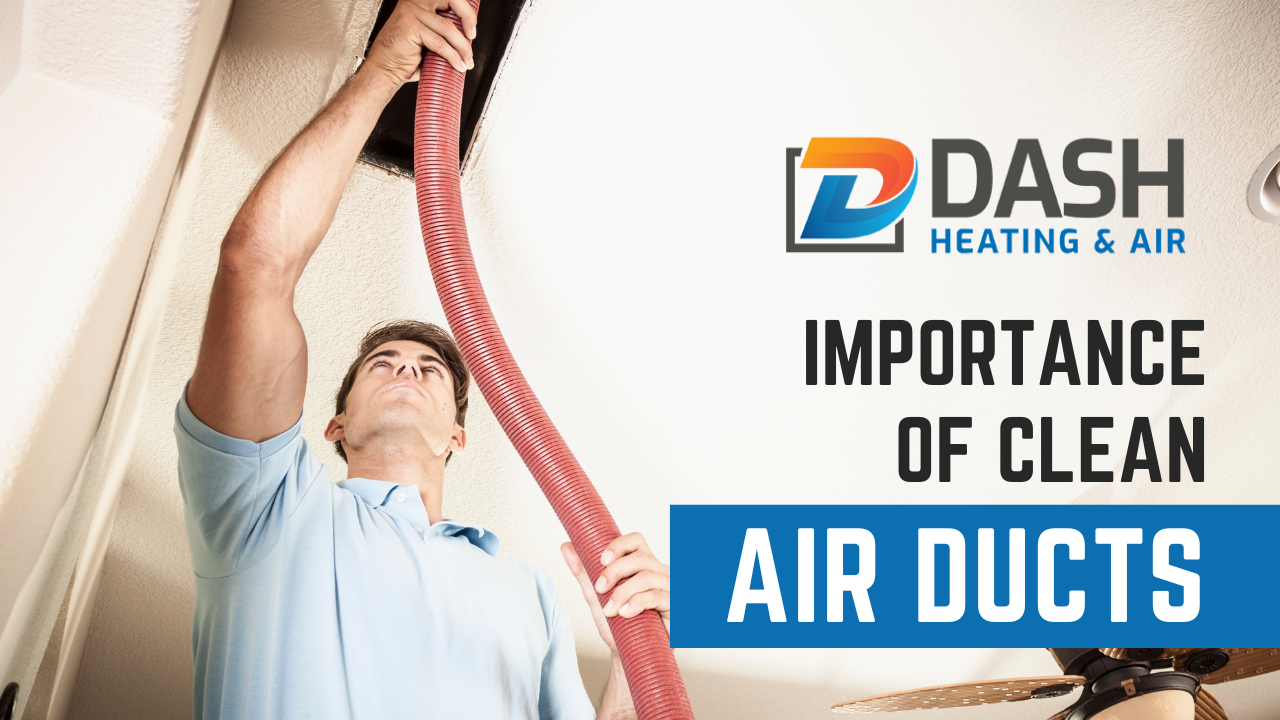Spring HVAC Tune-Up: How to Extend System Life
The Importance of Regular Air Duct Cleaning for Healthy Indoor Air
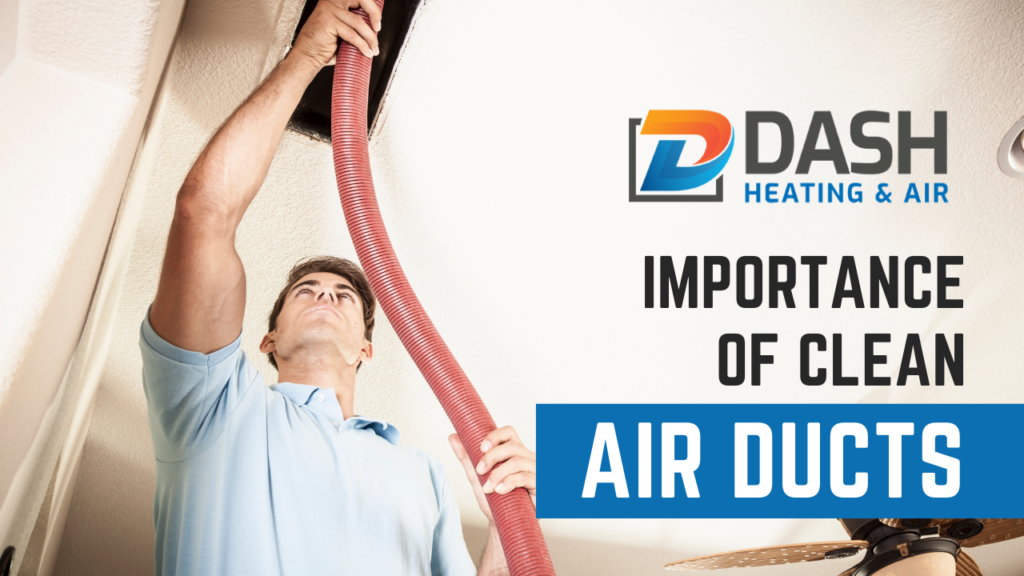
Indoor air quality is a crucial factor that often goes unnoticed in our everyday lives. We spend a significant amount of time indoors, whether at home, work, or other enclosed spaces. The air we breathe indoors can have a profound impact on our health and well-being. One of the key components in maintaining healthy indoor air quality is the regular cleaning of air ducts. In this blog post, we will delve into the importance of routine air duct cleaning and its impact on creating a healthier living environment.
The Hidden Culprit: Dirty Air Ducts
Air ducts are an integral part of HVAC (Heating, Ventilation, and Air Conditioning) systems, responsible for distributing heated or cooled air throughout a building. Over time, these ducts can accumulate dust, debris, allergens, and even mold. This buildup not only affects the efficiency of your HVAC system but can also lead to a range of health issues for occupants.
Health Implications of Dirty Air Ducts
1. **Respiratory Problems**: The particles that accumulate in air ducts can include dust mites, pet dander, pollen, and other allergens. When the HVAC system is turned on, these particles can be blown into the air and inhaled by occupants, triggering allergic reactions and exacerbating respiratory conditions such as asthma.
2. **Mold Growth**: Moisture can find its way into air ducts, providing an ideal environment for mold growth. Mold spores can be released into the air and pose serious health risks, especially to those with mold allergies or compromised immune systems.
3. **Unpleasant Odors**: Dust, debris, and mold can contribute to unpleasant odors circulating through your living or working space. These odors not only affect comfort but can also impact mood and concentration.
4. **Spread of Illness**: Airborne contaminants can potentially spread illnesses among occupants, especially in shared spaces like office buildings or apartment complexes.
The Benefits of Regular Air Duct Cleaning
Now that we understand the potential health risks associated with dirty air ducts, let’s explore the numerous benefits of scheduling regular air duct cleaning:
1. Improved Indoor Air Quality
The primary benefit of air duct cleaning is undoubtedly the improvement in indoor air quality. Clean air ducts ensure that the air circulating throughout your home or workplace is free from allergens, dust, and pollutants. This leads to a healthier living environment and reduces the risk of respiratory issues.
2. Energy Efficiency
Accumulation of debris and dust in air ducts restricts airflow, causing your HVAC system to work harder to maintain the desired temperature. A clean system operates more efficiently, reducing energy consumption and, consequently, your utility bills.
3. Extended HVAC System Lifespan
Regular maintenance, including air duct cleaning, can significantly extend the lifespan of your HVAC system. By preventing the buildup of dust and debris, you reduce the strain on system components, minimizing the need for repairs and replacements.
4. Odor Removal
Clean air ducts eliminate the source of unpleasant odors, leaving your indoor space smelling fresh and clean.
5. Allergen Reduction
Air duct cleaning plays a vital role in reducing allergens that can trigger allergies or worsen existing respiratory conditions. This is especially important for households with young children, the elderly, or individuals with allergies or asthma.
6. Mold Prevention
Regular cleaning of air ducts helps prevent mold growth by removing moisture and debris that can contribute to its development. This is particularly important in humid climates or areas prone to water leakage.
7. Enhanced Airflow
Clean air ducts facilitate better airflow, ensuring that every room in your home or building receives consistent heating or cooling. This eliminates hot and cold spots, enhancing overall comfort.
When to Consider Air Duct Cleaning
While the benefits of air duct cleaning are clear, you might wonder how often it’s necessary to have this service performed. The frequency of cleaning can depend on various factors:
1. Usage and Occupancy
High-traffic environments, such as commercial buildings or homes with pets, may require more frequent air duct cleaning due to increased dust and allergen buildup.
2. Renovation or Construction
If you’ve recently completed renovations or construction work, it’s advisable to schedule air duct cleaning. Dust and debris from these activities can find their way into your HVAC system and subsequently into the indoor air.
3. Allergy or Respiratory Symptoms
If occupants experience an increase in allergy or respiratory symptoms, it may be an indication that air duct cleaning is needed. Likewise, if there’s visible mold growth or an unexplained musty odor, professional cleaning is warranted.
4. Regular Maintenance
In general, it’s recommended to have your air ducts inspected and cleaned every 3 to 5 years. However, this can vary based on the factors mentioned above.
The Professional Air Duct Cleaning Process
Air duct cleaning is a specialized process that requires the expertise of trained professionals. Here’s an overview of what to expect during a typical air duct cleaning service:
1. Inspection
Experienced technicians will begin by inspecting your HVAC system and air ducts. This assessment helps identify the extent of contamination and any underlying issues that need to be addressed.
2. Equipment Setup
Next, the technicians will set up specialized equipment, including high-powered vacuums and agitation tools, designed to dislodge and remove debris from the ducts.
3. Cleaning
Using the equipment mentioned above, the technicians will thoroughly clean the air ducts, removing dust, dirt, allergens, and any other contaminants. They will also clean other components of the HVAC system, such as the coils and blower.
4. Sanitization and Mold Treatment
If mold growth is detected, the technicians will apply appropriate treatments to eliminate the mold and prevent its future growth. Sanitization helps ensure that the air ducts are free from harmful microorganisms.
5. Final Check and Testing
Once the cleaning process is complete, the technicians will conduct a final inspection to ensure that all contaminants have been effectively removed. They may also perform tests to measure airflow and overall system performance.
DIY vs. Professional Air Duct Cleaning
While there are DIY air duct cleaning kits available on the market, it’s important to recognize the limitations of attempting this task yourself. Professional air duct cleaning offers several advantages:
Expertise and Equipment
Professional technicians have the training and specialized equipment necessary to effectively clean and sanitize air ducts. DIY kits often lack the power and precision required for a thorough cleaning.
Comprehensive Cleaning
Professionals are equipped to clean not only the ducts but also other components of the HVAC system, such as coils and blowers. This comprehensive approach ensures optimal system performance.
Safety and Health
DIY cleaning can release contaminants into the air, potentially exacerbating indoor air quality issues. Professionals take precautions to prevent the spread of allergens and ensure a safe and healthy environment.
Time and Efficiency
Air duct cleaning is a time-consuming process, especially for those without experience. Professional technicians can complete the job efficiently, saving you valuable time and effort.
Maintaining Healthy Indoor Air Quality
In addition to regular air duct cleaning, there are several other steps you can take to maintain healthy indoor air quality:
1. Change Air Filters
Regularly replace your HVAC system’s air filters according to the manufacturer’s recommendations. Clean filters help trap dust and
allergens, preventing them from circulating in the air.
2. Control Humidity
Maintain appropriate humidity levels in your indoor environment. Humidity that is too high can promote mold growth, while excessively dry air can lead to respiratory discomfort.
3. Ventilation
Ensure proper ventilation in your home or building. Open windows when weather permits to allow fresh air to circulate and dilute indoor pollutants.
4. Indoor Plants
Introduce indoor plants that can help naturally purify the air. Certain plants, such as snake plants and peace lilies, are known for their air-purifying properties.
5. Regular Cleaning
Frequently clean and dust your living or working spaces. Regular cleaning reduces the amount of dust and allergens that can find their way into your HVAC system.
Conclusion
Clean air ducts play a vital role in maintaining healthy indoor air quality and promoting overall well-being. Regular air duct cleaning offers numerous benefits, from improved indoor air quality and energy efficiency to extended HVAC system lifespan. While DIY options exist, professional air duct cleaning ensures a thorough and effective process, safeguarding occupants from potential health hazards.
As responsible occupants of indoor spaces, it’s essential to prioritize the cleanliness and maintenance of your HVAC system. By scheduling regular air duct cleaning and adopting good indoor air quality practices, you can create a healthier and more comfortable environment for yourself and those around you. Your well-being is worth the investment in cleaner, fresher air.


